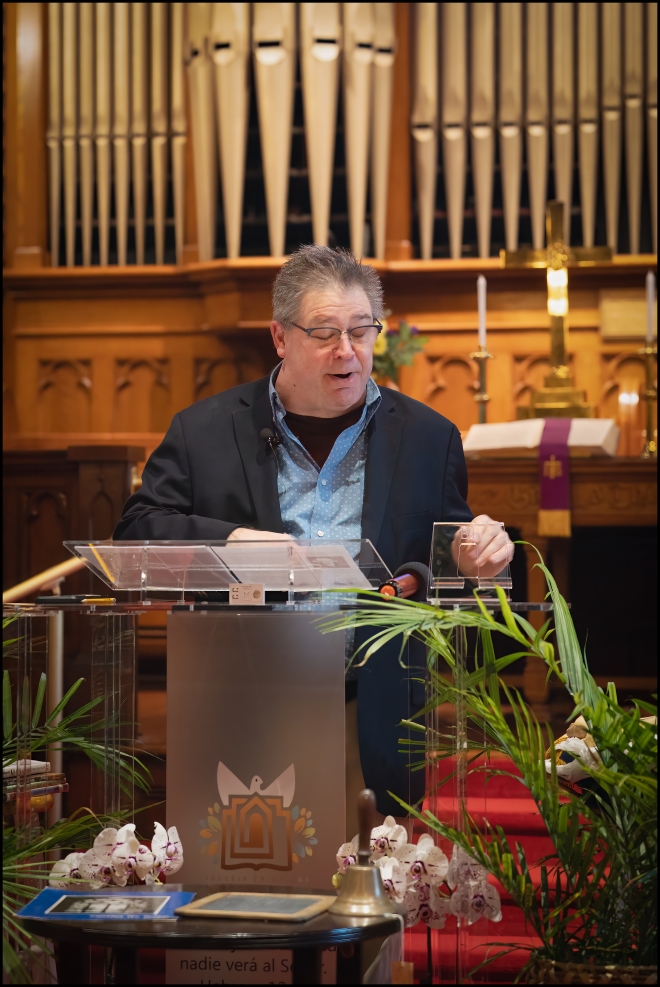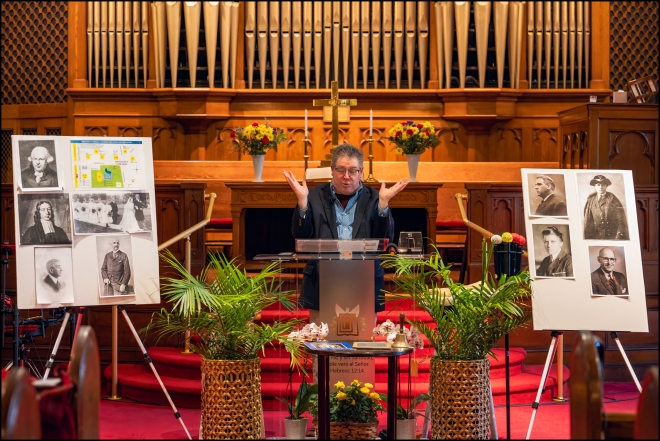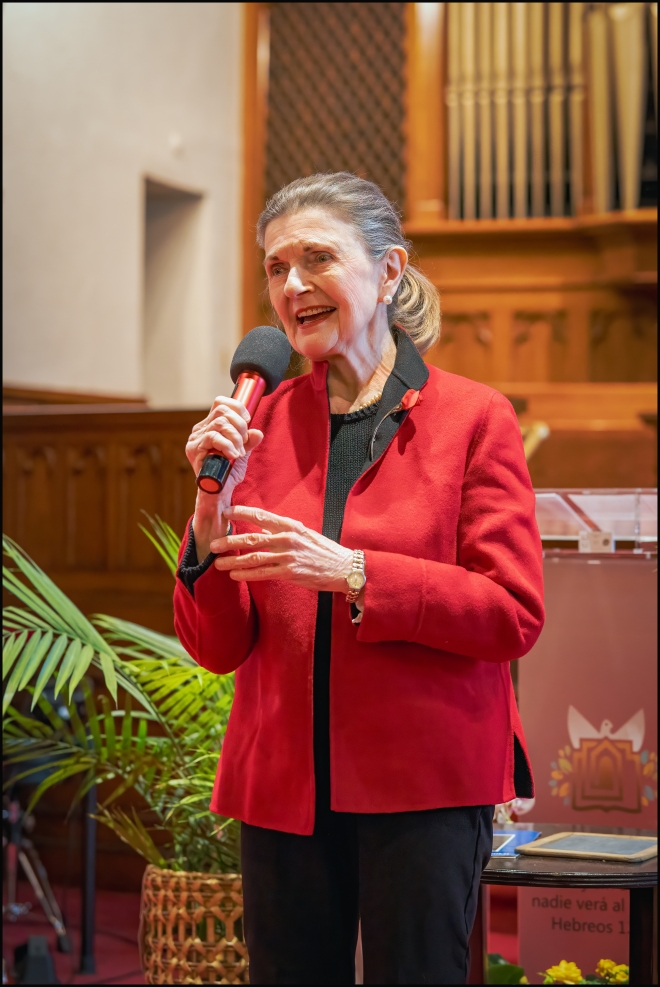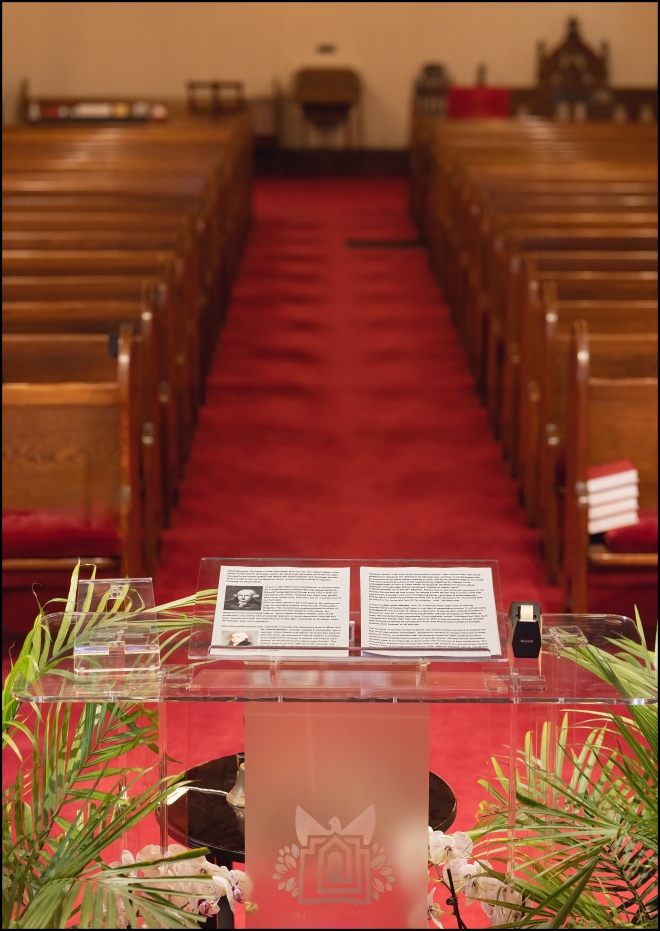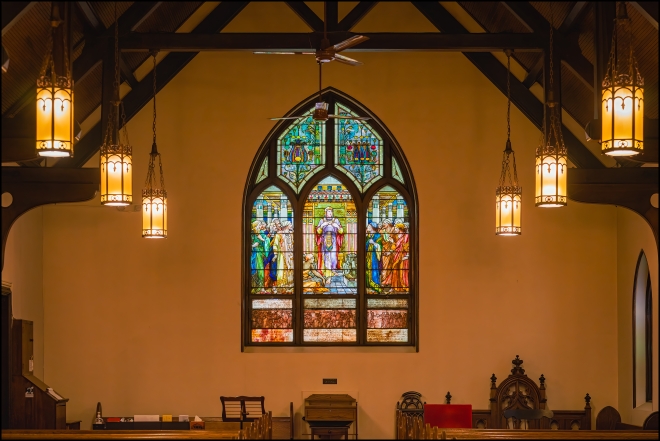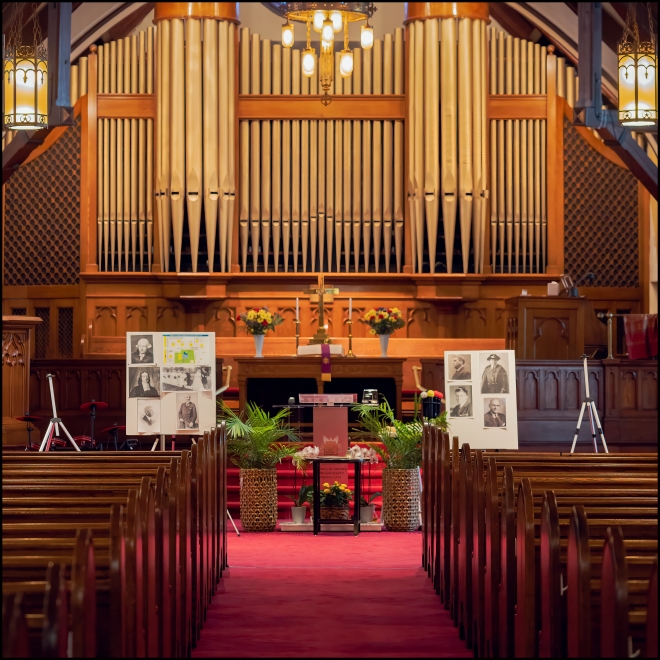Some of the key players in the early development of the Congregational movement, and the creation of the Briarcliff Congregational Church. Clockwise from left to right: Mr. Robert Raikes (instrumental in establishing the Sunday School movement in the UK); a map of Whitson’s Corners which later became Briarcliff Manor; Friedrich Brockelmann’s wedding to Walter Law’s daughter, Edith; Friedrich Brockelmann; Mr. George A. Todd, Jr. who uttered the immortal words: “Mr. Law we need a church” and who provided the stone for its construction; The Rev. John Wesley.
Taken with a Sony A7IV and Rokinon/Samyang AF 75mm f1.8 FE


